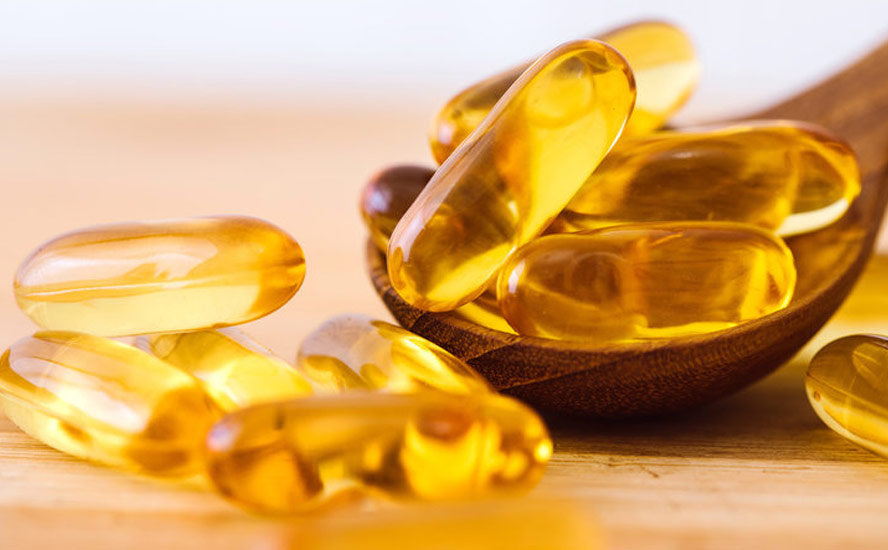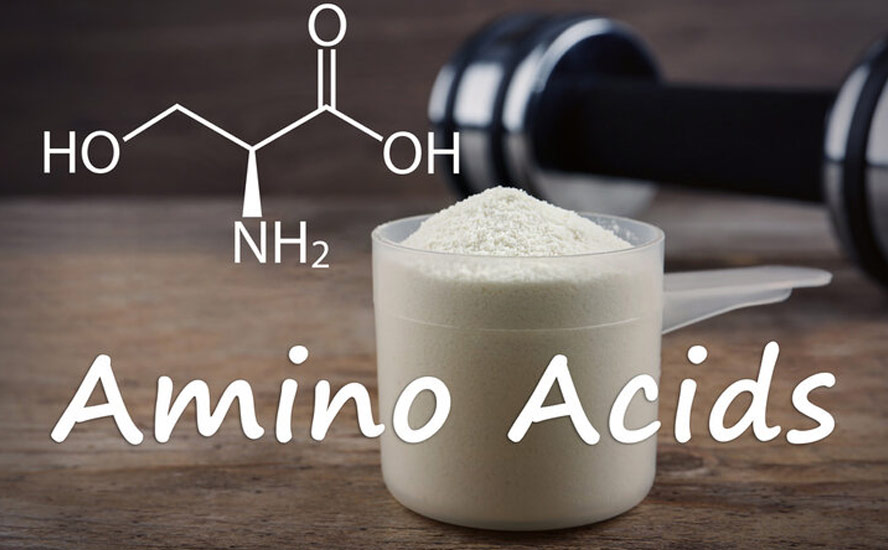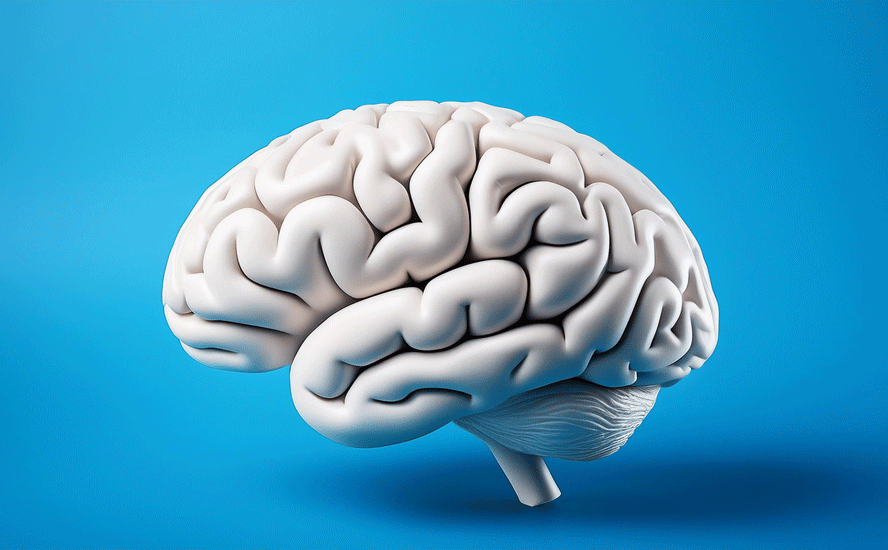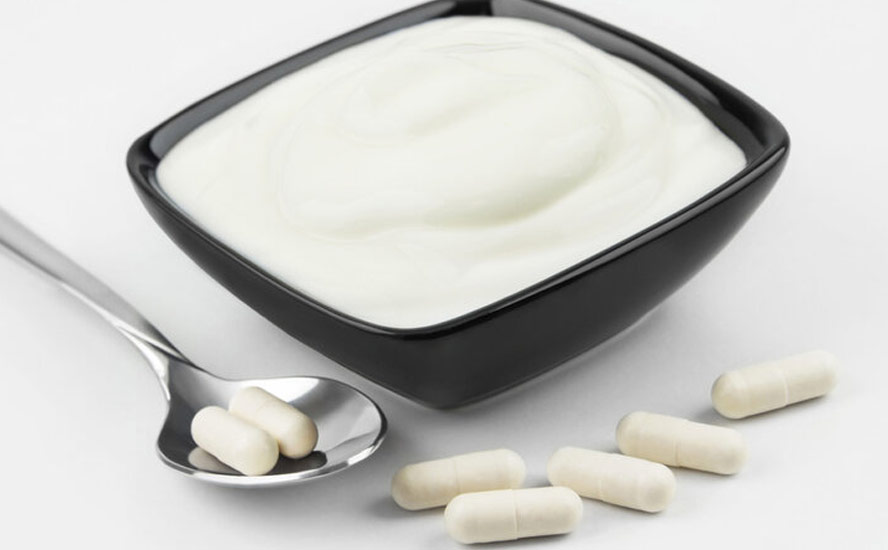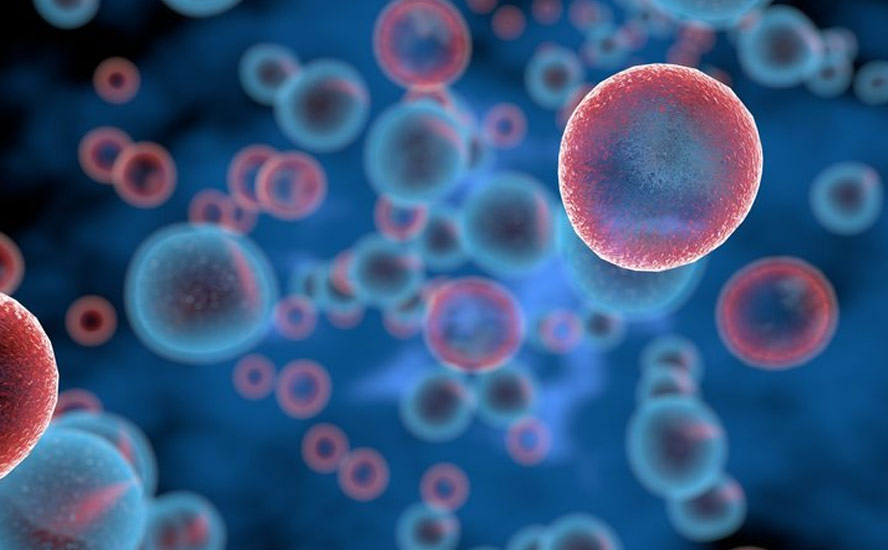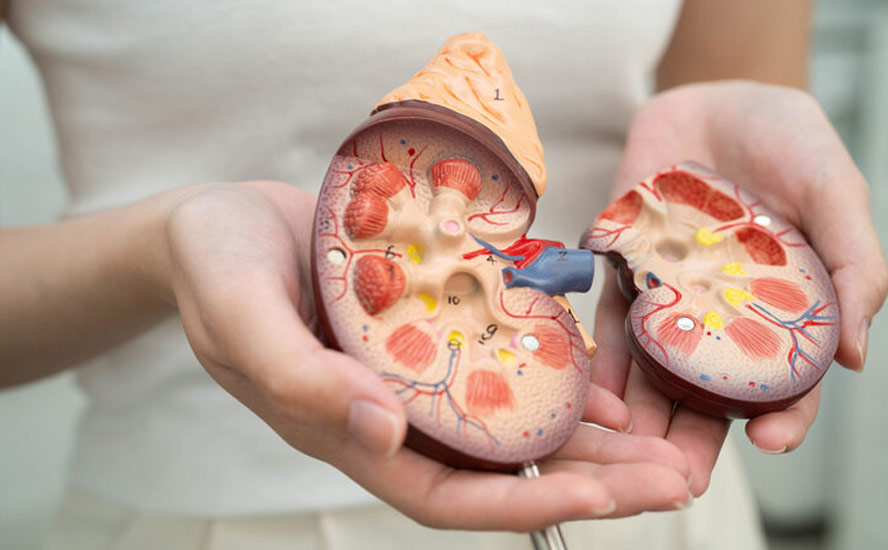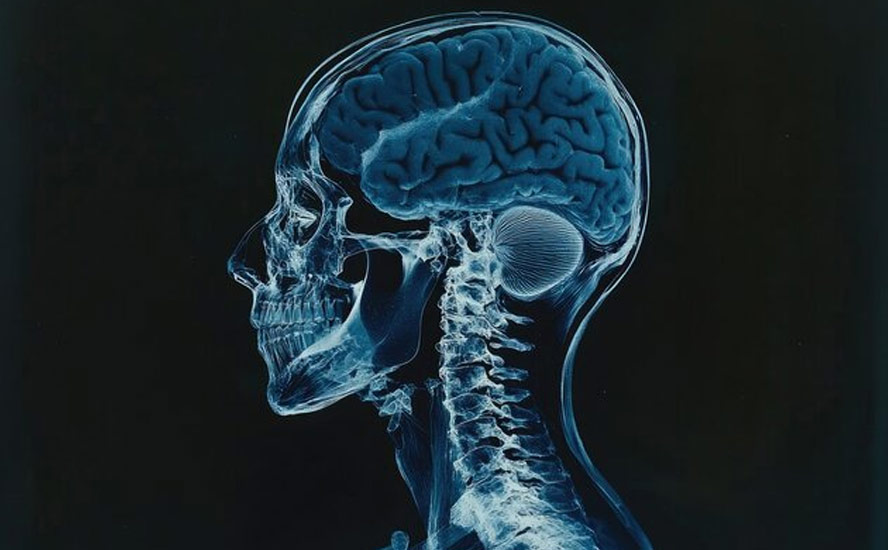A psychedelic renaissance

2019.11.30
Fifty-three years after LSD was banned by the FDA, psychedelic drugs are making a comeback. Only instead of being the pills, mushrooms and acid tabs that helped college students to “turn on, tune in, drop out” Timothy Leary-style, today’s mind-altering substances are at the cutting edge of medical research.
Researchers are experimenting with psychedelics to see if they can help people cope better with mental health problems like depression, anxiety and
obsessive-compulsive disorder, or to loosen the hold of powerful addictions such as smoking and alcohol.
And while hallucinogens like LSD were once the preserve of hippies, artists, musicians and writers, regular people with jobs and mortgages are now taking tiny amounts of hallucinogenic drugs (microdosing) on spiritual retreats, and using them to de-stress, improve mood, even boost creativity in the workplace.

Are psychedelics the new meditation? It would appear so.

For the first time in decades, the FDA and DEA are approving psychedelic drug studies. In 2006 researchers at John Hopkins University found that psilocybin, the active ingredient in “magic mushrooms”, can induce mystical experiences having deep personal meaning and spiritual significance.
A 2008 study found that psychotherapy assisted with the drug MDMA cured 80% of participants suffering from post-traumatic stress disorder (PTSD). The Multidisciplinary Association for Psychedelic Studies (MAPS) is spearheading a drive to have MDMA available by prescription by 2021. The association has secured FDA approval to treat veterans returning from Iraq and Afghanistan with MDMA, as well as cancer patients and people struggling with addictions and PTSD.
The FDA has also given the green light to a drug trial using psilocybin for treatment-resistant depression.
The nub of this “psychedelic renaissance” is a new research center at Johns Hopkins University in Maryland. Thanks to $17 million in private donations, the Center for Psychedelic and Consciousness Research will investigate the use of psychedelic drugs including LSD, magic mushrooms, MDMA, ayahuasca and peyote, for treating addiction, depression, PTSD, Alzheimer’s disease and more.
Initial research has focused on how psilocybin affects “behavior, brain function, learning and memory, the brain’s biology and mood,” states a press release.
Toronto-based Field Trip Ventures aims to build the first legal cultivation facility in Jamaica, where psilocybin-producing mushrooms are legal, reports BNN Bloomberg. The company’s founders include several former senior executives at major licensed pot producer Aurora Cannabis.
‘Shrooms – a history
People have been smoking or ingesting plants with psychoactive properties for thousands of years. Using radiocarbon dating to analyze peyote buttons found in caves along the Rio Grande in Texas, researchers found native North Americans were using peyote, a psychoactive ingredient found in a spineless cactus, as far back as 810 AD.
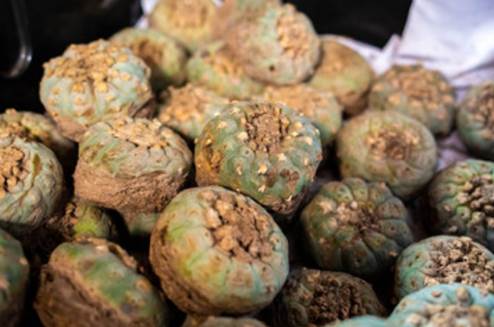
The indigenous peoples of South America had something similar in ayahuasca, a hallucinogenic brew made from the Banisteriopsis vine and other plant-based ingredients. In the 16th century, Christian missionaries encountering natives in the Amazon described it as “the work of the devil”, even though its purpose was to aid in spiritual practice.
Archeological evidence from the Sahara Desert shows humans have been using magic mushrooms for at least 7,000 years. Appearing in prehistoric art, the hallucinogenic fungus was thought to have been taken during religious or rite-of-passage ceremonies.

The Mayan and Aztec cultures were known to use psilocybin extensively, particularly in Mexico and Guatemala. Although the Spanish conquistadors and Christian missionaries forbade them from using psychedelic mushrooms, regarding the practice as savage and uncivilized, indigenous shamans ignored them and kept administering it in secret for over 400 years.
The drug was first isolated in a lab by Swiss chemist Albert Hofmann in 1958, using psilocybe mexicana, a species of Central American mushroom; a year later it was successfully synthesized.
Hofmann was also the first to chemically combine lysergic acid diethylamide (LSD), also known as acid.
Psychedelic drug blog Third Wave tells an interesting anecdote about magic mushrooms involving a former JP Morgan executive:
Gordon Wasson, former vice president of J.P. Morgan & Company, apparently had a fascination with psilocybin mushrooms that became an obsession. In 1955 he traveled to Oaxaca, Mexico, to meet mushroom shaman Maria Sabina, a member of the indigenous Mazatec Indian tribe, who introduced him to psilocybin mushrooms. On his first mushroom trip, he reported feeling as if his soul had been scooped out of his body.
It was Wasson’s experiences in Mexico that started the psychedelic mushroom movement in the West. After Time magazine ran Wasson’s photo essay ‘Seeking the Magic Mushroom’, Harvard University researchers Timothy Leary and Richard Alpert traveled to Oaxaca, Mexico to try the mushrooms themselves.
After Leary and Alpert were fired from Harvard for conducting research into LSD, banned in 1966, and magic mushrooms, made illegal in 1971, shrooms and acid were quickly adopted by the counter-culture movement of the 1960s – popularized by psychedelic gurus Timothy Leary, Terence McKenna and Robert Anton Wilson.
LSD
Timothy Leary will be forever associated with the main streaming of LSD.
A psychologist at Harvard, in 1960 Leary was sent LSD samples by Sandoz Pharmaceuticals, the company Albert Hofmann was working for when in 1938 he accidentally absorbed a small dose of LSD on his fingertips while trying to create a new stimulant, eliciting a psychotropic experience.
Later eyeing the drug for psychotherapy, and no doubt its revenue potential, the Sandoz company began sending samples of LSD, and psilocybin, to clinics and universities around the world including Harvard.
The drugs were initially well received. Between 1950 and 1965 over 40,000 patients were administered LSD alongside therapy, and more than 1,000 scientific papers were published.
Psychedelics were found to be useful in treating depression, addiction and traumas, but the unpredictable nature of the psychedelic experience and the stigma of recreational drug use have made incorporating them into Western medicine problematic, according to an article in Timeline.
That didn’t stop the US Military from experimenting with LSD. It’s well known that during the 1950s, the Military and the CIA researched LSD as a possible “truth serum” that could be used to brainwash prisoners or get them to talk. Other drugs however proved more effective so the Military abandoned the project.
Leary on the other hand saw great potential in psychedelics and started the Harvard Psilocybin Project to study magic mushrooms. He was fired in 1962 after the university discovered he had given the drug to his students. Leary’s reaction was to go on a psychedelic crusade urging Americans to try LSD. At first restricted to medical professionals who could get access to it, LSD soon found its way into unpredictable environments like rock concerts and college campuses where some people reported experiencing psychosis or “bad trips”.
In 1962 the Food and Drug Administration made it an illegal drug under Schedule 1 of the Controlled Drug and Substances Act, and the FDA shut down all research.
Leary however wasn’t deterred and kept distributing LSD to whomever he could interest. Members of Leary’s ‘Merry Band of Pranksters’, known for their LSD use, included writers Aldous Huxley, Allen Ginsberg and Ken Kesey. Indelibly linked to the 1967 “Summer of Love” in San Francisco and the Woodstock Festival in 1969, the Pranksters rode across the country in ‘Furthur’, the school bus Leary had converted and painted in wild psychedelic colors. Their counter-culture adventures were documented in the 2011 road movie ‘Magic Trip’.

Although LSD use declined in the 1970s and ‘80s, it made a resurgence in the 1990s, particularly in the new-at-the-time rave subculture. According to the PBS documentary Frontline, the drug is typically manufactured in clandestine labs in northern California by a limited number of chemists.
Legality
A legal loophole has made psilocybin research possible even though it’s been banned in the US since the early 1970s. While psilocybin was listed in the UN’s Convention on Psychotropic Substances, mushrooms weren’t, allowing countries that signed the convention to regulate magic mushrooms as they see fit. However psilocybin is illegal in most countries except for Brazil, the British Virgin Islands, Jamaica and the Netherlands.
A few years ago in the US, the DEA and FDA began loosening rules about using psilocybin, more so than any other psychedelic due to new findings about its use in mental health and addiction therapies.
As with marijuana, LSD and MDMA, psilocybin as a Schedule 1 drug is illegal on the federal level, but certain states have passed laws regulating its use.
In 1978 the Florida Supreme Court ruled that harvesting wild magic mushrooms is legal until the state legislature says otherwise. This past May, Denver citizens voted in a plebescite to decriminalize psilocybin mushrooms. The ordinance means that charging people for possession and use of mushrooms is to be the city’s lowest enforcement priority, and it can’t spend resources on penalizing usage. Growing and selling shrooms however is still techically illegal.
A month later, the municipal government of Oakland, CA voted to decriminalize not only magic mushrooms but all “entheogenic plants” containing psychoactive indoleamines, tryptamines and phenethylamines. The law goes further than Denver in decriminalizing both the cultivation and sale of psychedelic plants.
A campaign in Oregon gathering signatures for a ballot measure in the 2020 election would legalize mushrooms for medicinal use. California failed to get enough signatures to quality for a ballot measure in 2018 but will try again in 2020. In Iowa, a Republican lawmaker has reportedly proposed two bills, one to remove psilocybin from the state’s list of controlled substances, and the other for legalizing it for medical use.
Properties
Magic mushrooms is the generic term for any fungus containing psilocybin, a chemical compound. When ingested, psilocybin produces psilocin, the substance that causes altered consciousness.
There are over 180 species of psilocybin mushrooms, grown in parts of Europe, South America, Canada, Mexico and the United States. The most common species sold in the US are psilocybe semilanceata and psilocybe cubensis.
The small, brown or tan-colored mushrooms are used recreationally and in religious or spiritual rituals. They are both cultivated and grow in the wild, with cultivated mushrooms tending to be more potent through the selection of stronger strains with more active psilocybin ingredient.
A classic hallucinogen, psilocybin acts on the serotonin receptors in the prefrontal cortex, the part of the brain that affects mood, cognition and perception. It has similar properties to LSD and mescaline but is thought to be about 100 times less potent. Still, psilocybin is capable of causing visual distortions, altered perceptions of space and time, euphoria and mystical experiences.
Usage and effects
Magic mushrooms are often consumed as a tea, or prepared with a food to mask their bitter taste. They can also be crushed to a powder and eaten as capsules.
After the body converts psilocybin to psilocin, it binds with serotonin receptors in the brain, particularly 5-HT2C. This increases activity in the visual cortex and decreases activity in the part of the brain responsible for the sense of self, or ego.
Hallucinogenic effects typically begin in the first 20 to 40 minutes, and last three to six hours. The effects may be pleasantly distorting and euphoric, or cause anxiety/ panic. Like all drugs, the effects will depend on dosage, quality, past experiences of taking the drug, and expectations of how the experience will play out.
While most users see the effects dissipate after a few hours, in others the changes in sensory perception and thought patterns may last for days.
Medical uses/ breakthroughs
While it’s been over 50 years since the heyday of psychedelic research in the 1950s-60s, currently there are dozens of studies taking place to evaluate the safety and efficacy of psychedelic drugs, including psilocybin.
Participants have taken the drug in medical settings to test its use in treating cluster headaches, depression, late-stage cancer anxiety and other anxiety disorders, obsessive-compulsive disorder and addiction to alcohol and tobacco.
The studies showed psilocybin can reduce depression in cancer patients and help with tobacco addiction better than pharmaceutical products. Psilocybin therapy may also be applied to alcohol and cocaine addiction.
In a 2006 study published in the journal ‘Psychopharmacology’, psilocybin users said they felt extreme happiness, elevated mood and positive attitudes, even two months after consuming magic mushrooms. As reported by Newsweek, 67 percent of the 36 patients in the trial study described their experience with magic mushrooms as “either the single most meaningful experience of his or her life or among the top five most meaningful experiences of his or her life,” ranking it similarly to the birth of a first child. None of the participants rated their experience with psilocybin as “having decreased their sense of wellbeing or life satisfaction.”
At the Heffter Research Institute, a non-profit, researchers are trying to better understand how the brain works, and to help reduce suffering through psychedelics. The institute is currently focusing on two areas of psilocybin research: addiction and cancer-related psychiatric disorders.
One of the most promising areas of research is psilocybin therapy for late-stage cancer. Researchers at Johns Hopkins University showed that high doses of psilocybin significantly reduced end-of-life anxiety and depression for six months in 80% of 51 patients studied; similar results were found in a New York University study that year.
Researchers at Johns Hopkins also showed that 80% of heavy smokers had not smoked for at least a week, six months after psilocybin was administered.
The magic mushroom ingredient has been used to treat major depression when traditional drug therapies haven’t worked. Psilocybin targets and decreases activity in the amygdala part of the brain, known to regulate fear and anxiety.
A major investment opportunity exists for companies that can tap into the vast market for drug therapies afflicting chronically depressed individuals. A recent study found that treatment-resistant depression affects about 5 million Americans and 17 million have major depressive order (MDD).
From a value of $14.5 billion in 2014, the depression medication market is expected to grow to nearly $17 billion by 2020.
A recent study also found that treatment-resistant depression costs employers up to $48 billion a year in absences and lost productivity.
A pioneering 2016 medical trial at Imperial College London involved 19 participants. It was the first to use psilocybin for treatment-resistant depression.
All 19 saw their symptoms reduce a week after two treatments including one high dose. The Guardian reports a second stage of the trial, beginning in January 2019, is testing a larger group and will use a control group to test the drug’s performance against escitalopram, a common antidepressant. As of June, about a third of the 60 patients had been treated and early results were promised, the newspaper reported.
Last year the FDA gave “breakthrough therapy” designation to a psilocybin-based drug for treatment-resistant depression being tested by Compass Pathways. A 216-person clinical trial is currently underway in the US, Canada and Europe. The company expects to bring psilocybin to market in the next five to 10 years.
A drug is given breakthrough status when it has demonstrated “substantial improvement” over medical solutions currently on the market. The designation is expected to speed up the review process for drug approval.
Very recently breakthrough status was also granted to the Usona Institute, which will test 80 participants who qualify as having major depression. The aim is to determine the efficacy of treating depressed patients with one single oral dose of psilocybin.
In March 2019 the FDA approved a nasal spray for depression that mimics the effects of ketamine, another hallucinogenic drug.
Microdosing
One of the more interesting aspects of the “psychedelic renaissance” is its application to the wellness crowd. These are people who aren’t experiencing major depression, anxiety or other ailments requiring a full dosing schedule of psychedelics like psilocybin. Rather, they are interested in using these drugs as stressbusters, improving mood, clearing the mind, solving nagging problems, or enabling them to be more creative and productive at work.
The approach involves taking a drug in small doses that don’t cause hallucinations and still allows a person to function normally. A microdose is usually about one tenth of a normal dose.
“Microdosing” is reportedly growing in popularity. Many microdosers come from the San Francisco area with the typical profile being an “übersmart twentysomething” curious to see whether microdosing will help him or her work through technical problems and become more innovative, Rolling Stone magazine quotes James Fadiman, author of The Psychedelic Explorer’s Guide. Fadiman brought microdosing mainstream when he presented results of survey data he had collected from “self-reporting experimenters” to a conference in 2011.
The idea has become the latest wellness trend. Psychedelic retreat centers are popping up in countries where these drugs are legal. For psilocybin, that includes Jamaica and the Netherlands. For ayahuasca, retreat go-ers are heading to the northern part of South America – Peru, Ecuador, Colombia and Brazil.
Unlike other spiritual retreats that offer minimalism and spare surroundings, or mind-blowing experiences with natives somewhere in a jungle, psychedelic retreats feature comfort over chaos and cater to clients with lots of disposable income. As Vice describes them,
These 21st century retreats signal a cross between a luxurious spa and a professional therapy centre, where psychedelic mushrooms serve as tuning fork for a higher state of being. Places where a mind-altering “trip” happens on a wellness holiday rather than at a sketchy warehouse party.
Conclusion
The psychedelic renaissance is in one respect a surprising trend considering the US “war on drugs” including marijuana; yet it’s also the next logical step after the still-evolving movement to legalize cannabis in the United States and (already) Canada.
If punitive legislation concerning hemp and marijuana plants can be struck from the lawbooks, as it has in several US states and Canada, why not laws governing other plant-based drugs that offer a hallucinogenic high?
Two American cities, Denver and Oakland, have decriminalized magic mushrooms. Oregon and California may become the first two states to do so in the 2020 elections. While it’s still early days, this could be the start of a domino effect similar to what has happened with legal pot. The FDA has shown some flexibility in allowing research to occur despite psilocybin’s Section 1 status.
The research is certainly compelling. After decades of being prescribed pharmaceuticals for depression that are made in a lab, people are finally opening up their minds, and bodies, to the possibility of natural cures, using plants society has known about, and used, for thousands of years.
By 2020 the market for depression medications could reach $17 billion. Combine that with the potential for magic mushroom retreats in cities or states that decriminalize the drug, and you’re looking at a major investment opportunity.
Richard (Rick) Mills
subscribe to my free newsletter
aheadoftheherd.com
Ahead of the Herd Twitter
Legal Notice / Disclaimer
Ahead of the Herd newsletter, aheadoftheherd.com, hereafter known as AOTH.
Please read the entire Disclaimer carefully before you use this website or read the newsletter. If you do not agree to all the AOTH/Richard Mills Disclaimer, do not access/read this website/newsletter/article, or any of its pages. By reading/using this AOTH/Richard Mills website/newsletter/article, and whether or not you actually read this Disclaimer, you are deemed to have accepted it.
Any AOTH/Richard Mills document is not, and should not be, construed as an offer to sell or the solicitation of an offer to purchase or subscribe for any investment.
AOTH/Richard Mills has based this document on information obtained from sources he believes to be reliable but which has not been independently verified. AOTH/Richard Mills makes no guarantee, representation or warranty and accepts no responsibility or liability as to its accuracy or completeness. Expressions of opinion are those of AOTH/Richard Mills only and are subject to change without notice. AOTH/Richard Mills assumes no warranty, liability or guarantee for the current relevance, correctness or completeness of any information provided within this Report and will not be held liable for the consequence of reliance upon any opinion or statement contained herein or any omission. Furthermore, AOTH/Richard Mills assumes no liability for any direct or indirect loss or damage or, in particular, for lost profit, which you may incur as a result of the use and existence of the information provided within this AOTH/Richard Mills Report.
AOTH/Richard Mills is not a registered broker/financial advisor and does not hold any licenses. These are solely personal thoughts and opinions about finance and/or investments – no information posted on this site is to be considered investment advice or a recommendation to do anything involving finance or money aside from performing your own due diligence and consulting with your personal registered broker/financial advisor. You agree that by reading AOTH/Richard Mills articles, you are acting at your OWN RISK. In no event should AOTH/Richard Mills liable for any direct or indirect trading losses caused by any information contained in AOTH/Richard Mills articles. Information in AOTH/Richard Mills articles is not an offer to sell or a solicitation of an offer to buy any security. AOTH/Richard Mills is not suggesting the transacting of any financial instruments but does suggest consulting your own registered broker/financial advisor with regards to any such transactions.
Legal Notice / Disclaimer
Ahead of the Herd newsletter, aheadoftheherd.com, hereafter known as AOTH.Please read the entire Disclaimer carefully before you use this website or read the newsletter. If you do not agree to all the AOTH/Richard Mills Disclaimer, do not access/read this website/newsletter/article, or any of its pages. By reading/using this AOTH/Richard Mills website/newsletter/article, and whether you actually read this Disclaimer, you are deemed to have accepted it.



